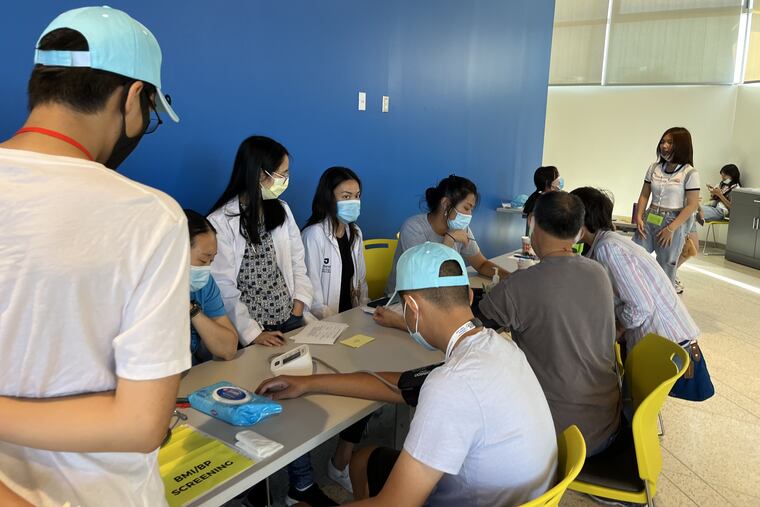In Philly’s push to eliminate hepatitis, a ‘silent infection,’ how many have it remains a big unknown
A national push to eliminate two types of hepatitis is hindered by too little information about who's infected.

A national push to eliminate two types of hepatitis is hindered by too little information about who's infected.
